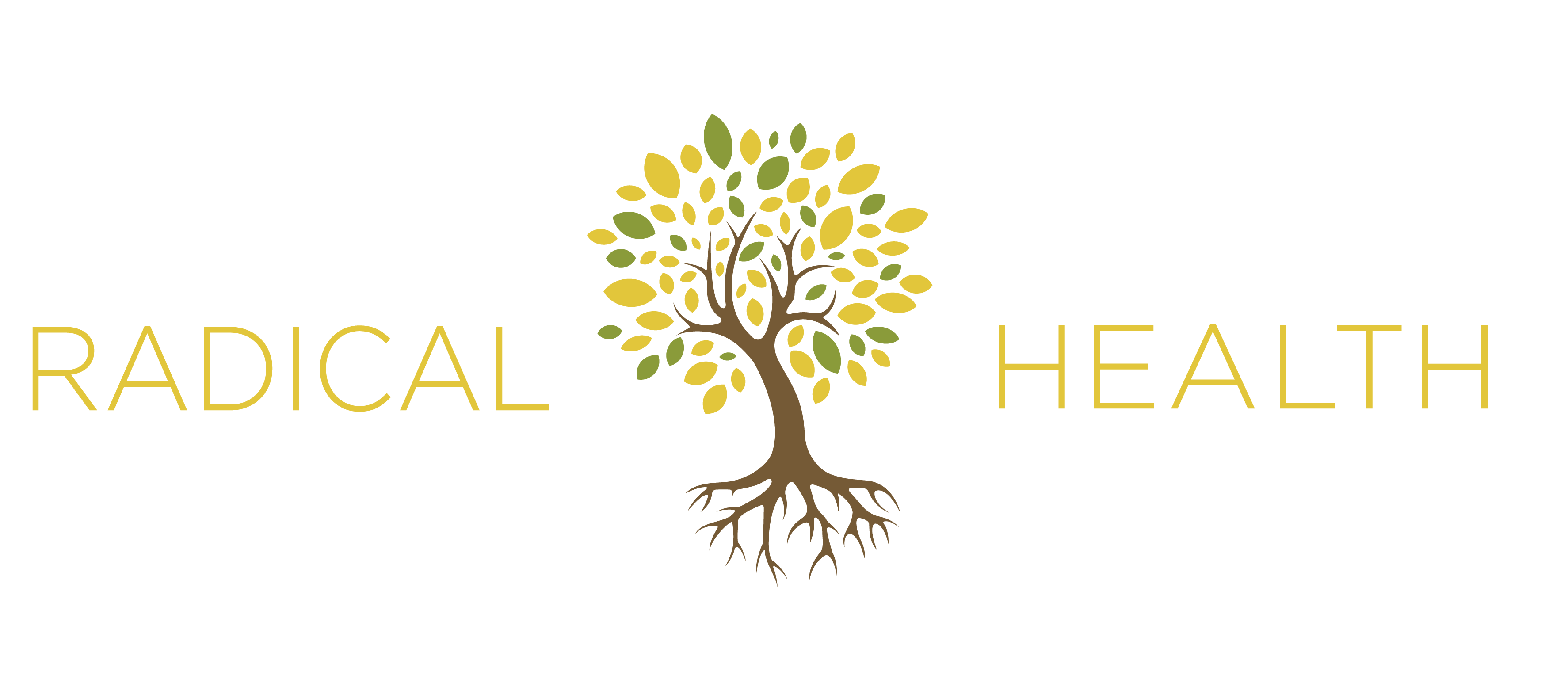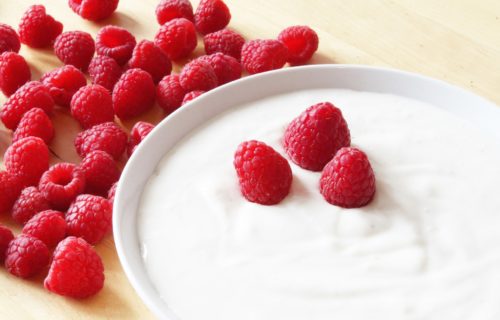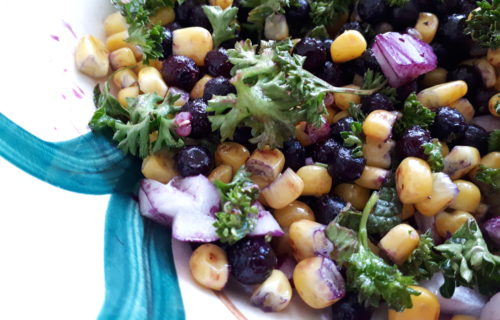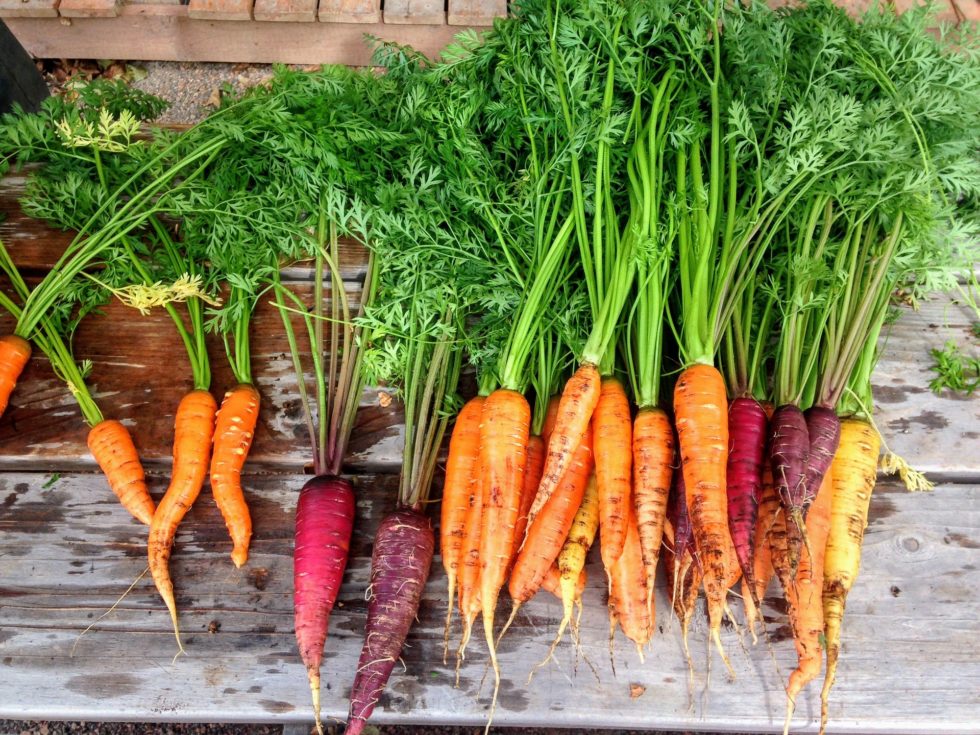
Diversity – The Key To Gut Health
The formula is simple: Diverse diet = Diverse gut bacteria = Good health.
Diversifying our diet is the single best thing we can do to improve our gut microflora.
The problem is we do not have a diverse diet. I don’t know about you, but I grew up eating a pretty typical North American diet. Lots of chicken, white bread, Instant flavoured rice, spaghetti with meat sauce, pizza… you get the idea. In terms of vegetables, canned peas and potatoes were about it. No wonder I was so sick!
This is not just about a processed diet vs a whole food diet. Yes, a processed food diet is bad for our good microbes, but a whole food diet that is not diverse can also be problematic. Most of us consume no more than 15 different foods in a week! This is not diversity even if we hit all the food groups.
Some people eliminate entire food groups just because they heard that they are bad. This eliminates an entire range of foods that feed many beneficial bacterial species. And believe it or not there are still people – adult people – who refuse to eat vegetables and they are proud of it. Vegetables are the most important food group in terms of feeding the different species of beneficial bacteria in our gut.
It comes down basic diversity. If you look at any natural ecosystem, more diverse systems are the healthiest and more resilient. The same goes with our body.
Our ancestors ate a wider variety of foods and they also ate different varieties of the same food. This was good for the soil since crop diversity helped protect against potential crop loss.
Today, agriculture does not function that way. Farmers grow few crops and rarely grow more than one variety. There are over 6000 varieties of tomatoes , each with different properties and nutrient composition. We are missing out on a lot. And while we cannot possible consume 6000 different varieties, we can expand our repertoire, especially in the summer and seek out as many varieties as we can find. This is especially true for those who must eliminate certain foods due to allergies and sensitivities.
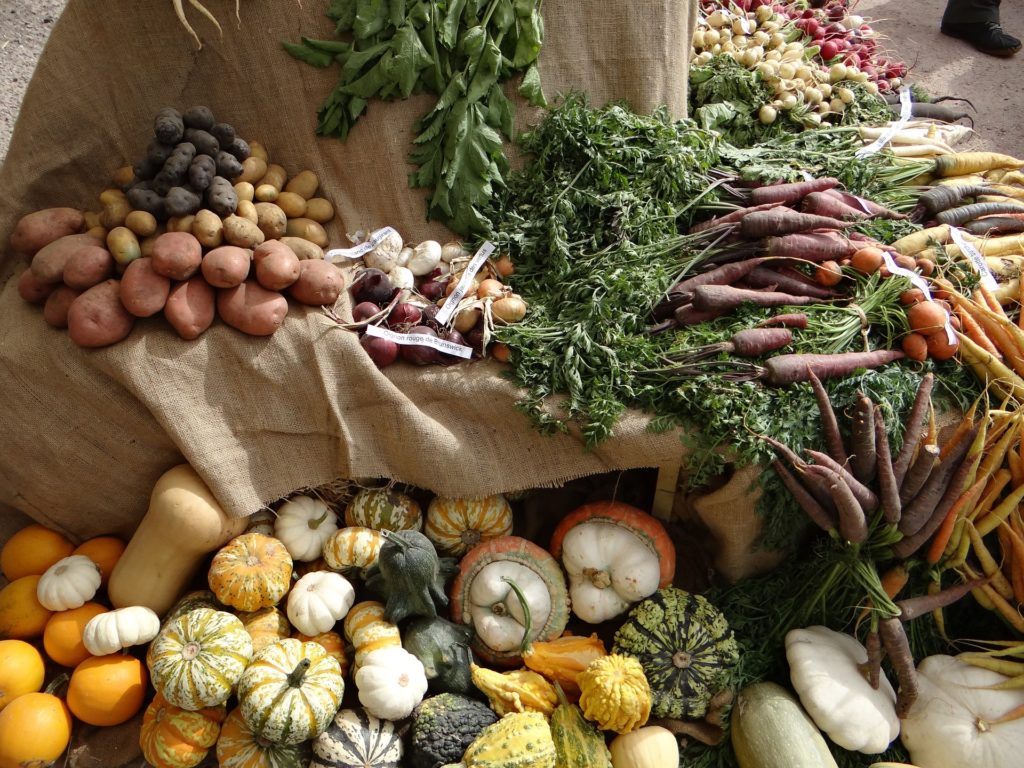
So while researchers continue to unravel the mystery of our gut, we can still eat a diversity of foods. These provide our body with valuable prebiotics that help our residential bacteria flourish.
This week, I challenge you to buy three new foods you do not eat regularly. They can be foods you have never had or foods you like, but for some reason never buy.
Here are a few things you can do to diversify:
- Buy yellow or rainbow beets instead of red beets. Choose purple or white carrots instead of orange. Look for heritage varieties and buy them when you find them.
- Go to farmer’s markets and talk to the local farmers. Generally, these are the farmers who grow a variety of crops. Let them know you are interested in trying different varieties of lettuces, tomatoes, or potatoes.
- Shop at ethnic stores and look for new grains and legumes. If you are unsure about how to cook them just ask!
- Go to ethnic restaurants – this way someone else can prepare the foods for you.
- Join a local foraging club. Wild foods have the highest amounts prebiotics and phytonutrients out there!
- Try new herbs and spices. There are a huge number of different types of thymes, mints, and basils.
- If you find beans and lentils cause a lot of gas, chances are they were not prepared properly. Try cooking them from scratch! I guarantee you they are far less gas-inducing.
Think of the fun you are going to have! Your microbes with be happier too!
References
Mark L. Heiman, Frank L. Greenway. A healthy gastrointestinal microbiome is dependent on dietary diversity. Molecular Metabolism, 2016; DOI: 10.1016/j.molmet.2016.02.005
